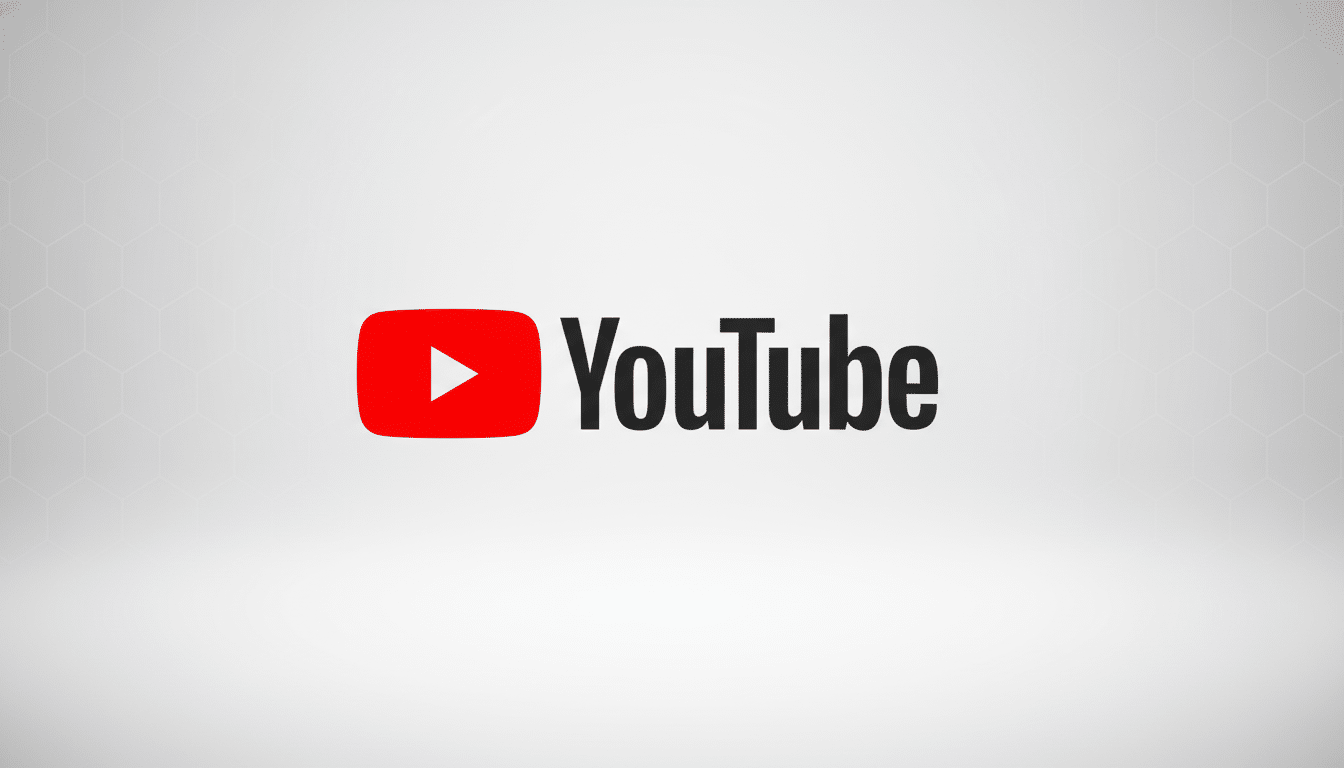A straightforward “it’s OK to press pause” post from YouTube’s official account on X set things off, confusingly, as everyone read between the lines and took it as a sly response to pause-screen ads. Replies flooded in within hours, many of them complaining about the possibility of ads on a paused video—even though the post itself doesn’t say anything about advertising. The uproar was loud enough to prompt a Community Note clarifying that this message is not about ads.
What YouTube actually said about the “press pause” post
YouTube’s social accounts frequently post light, lifestyle updates geared toward creators and fans—reminders to unplug, praise for creators, and shout-outs that call for watching with friends. The “press pause” message was no exception. There was no mention of ad formats, monetization, or product modifications. The misread demonstrates how fraught discussions about advertising on the platform have gotten, even when the company does not say anything about ads.

Why pause ads on YouTube strike a nerve with viewers
Pause-screen ads aren’t a new phenomenon in streaming. The format has been popularized for years by Hulu, which shows a static creative when viewers pause. YouTube has experimented with other “pause experiences” on connected TVs, generally showing less intrusive banners that only appear when a user pauses playback. Even small tests can ignite outsized reactions given YouTube’s size and the increasing pushback to ad load and anti-ad-blocker tactics.
The broader context matters. Nielsen’s The Gauge has consistently placed YouTube at No. 1 by TV viewing share, sometimes north of 9%, so any adjustment to its ad offerings would have significant visibility. Pause ads are popular with advertisers because they impact the viewer right then and there, without inserting a break into the actual content, and YouTube has told brands that it’s already seen solid brand lift in early TV screen trials. Yet any of them—interstitial, overlay, or pause—as a new format certainly just feels like one more step toward clutter for some viewers.
Premium customers and what the pause ad details really mean
Misconception No. 1: Ads on the pause screen pop up for people who are paying for a service. YouTube said that Premium members are not shown ads, including pause-screen units.
Premium also offers background play and downloads, and has recently passed 100 million subscribers around the world, according to the company. For those doing the math, in many markets that makes for an annual plan of well under $0.40 a day—and part of why some analysts think it’s a compelling value compared to other streaming bundles.

The frustration is yet more of an issue for non-subscribers on TV devices, where YouTube has looked to drive much of its ad innovation. With connected TV ad spending surging and smart TVs dominating the default screen in many homes, the platform is working to balance viewer tolerance with creator revenue and advertiser demand on a dime.
How the Community Note on X reframed the pause post moment
On top of the post appeared “X’s Community Notes”—a crowd-sourced contextualization tool to redirect readers from the ad context back to the original intent. It’s a small but symbolic reversal—a user-generated tool to fix the misinterpretation that was caused by users. The episode serves as a reminder of how rapidly platform discourse can veer when a hot-button topic like ads comes into play.
The bigger picture for YouTube and for everyday viewers
YouTube occupies a special space: more than 2 billion logged-in users monthly, a leading share of TV streaming time, and a creator economy that depends on both ads and subscriptions. It’s a scale that makes any ad experiment feel consequential. It also means that seemingly minor social posts can become lightning rods for larger anxieties about where the viewing experience is headed.
The takeaway is straightforward. The “press pause” post was not some kind of veiled announcement about “pause ads,” YouTube said. Still, the reaction reflects a real sensitivity around ad formats—especially on living room screens. Expect YouTube to continue iterating on the balance—protecting Premium from ads, wooing brands with TV-friendly formats, and communicating more clearly so a wellness nudge doesn’t devolve into an ad debate.

